Chemical Agent Fire Suppression Systems
Fike chemical agent suppression systems are engineered to eliminate fires at the molecular level, reliably protecting irreplaceable assets in nearly all applications.
Fike Fluoroketones & Hydrofluorocarbons (HFCs)
Safe for occupied spaces, these agents extinguish fire through heat absorption which occurs as they change from a liquid to a vapor during discharge. The gaseous mixture absorbs large amounts of heat and extinguishes fires by cooling the combustion zone.
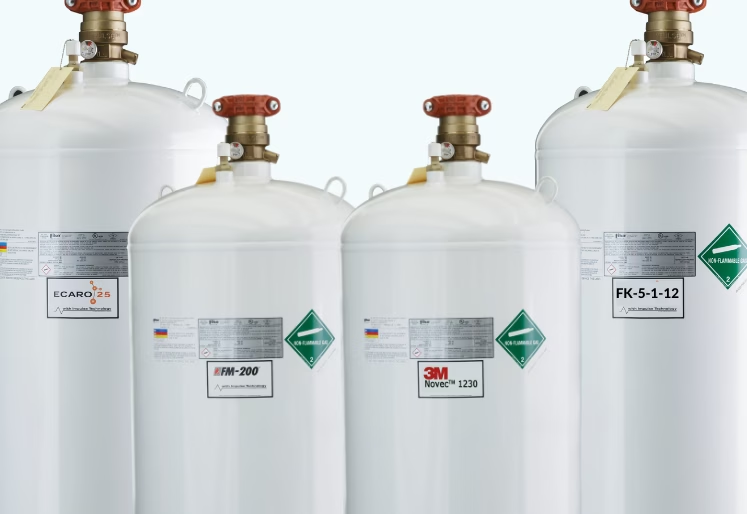
Chemical Agent Fire Suppression
Waterless, electrically non-conductive suppressing agents which remove heat and dissolve fires at the molecular level.
| 3M™ Novec™ 1230 | FK-5-1-12 | FM-200™ | ECARO-25® | Small Space | |
|---|---|---|---|---|---|
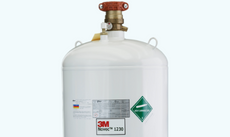 |
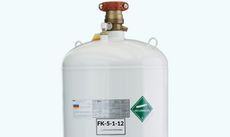 |
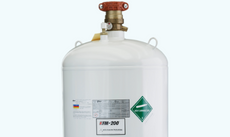 |
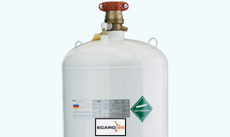 |
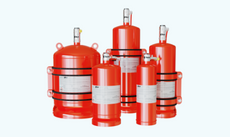 |
|
Function |
Fluoroketone agent |
Fluoroketone agent |
Hydrofluorocarbon agent |
Hydrofluorocarbon agent |
Heat-reactive tubing |
Benefit |
Has a global warming potential of less than one, 99.9 percent less than hydrofluorocarbons. |
Viable alternative to 3M Novec 1230; may have quicker lead times. |
Most used and globally recognized chemical agent. |
Cost-effective chemical agent; requires 20 percent less agent per cubic/meter than FM-200. |
Flexible tubing routed through electrical cabinets or CNC machines to provide agent immediately within these confined spaces. |
Approvals |
CE | EN | UL | ULC | FM |
FM | UL | ULC |
FM | UL | ULC | CE |
FM | UL | ULC |
UL |
Fike Impulse Valve
Factory fitted to each clean agent container, Fike’s patented Impulse Valve Technology allows the unimpeded flow of agent into the pipe network, unlike other solenoid valves which require a 90-degree turn and the loss of agent flow.
A Fike fast-acting rupture disc (Hasteloy C276/316 SST) housed in a brass valve body retains the pressurized agent within the container.
An actuator causes the rupture disc to burst and fully open.
Agent freely flows upward from the container and straight into the pipe network.
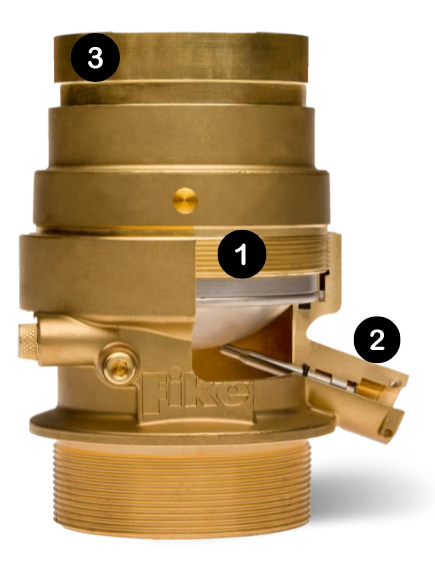
Protect Your CNC Machines & Electrical Cabinets
Small obscured fires within CNC machines and electrical cabinets may go undetected until significant damage has occurred. Fike’s Small Space Suppression System ensures the detection and suppression of these potentially devastating fires at their source!
The Fike Small Space Suppresion System uses a flexible heat-reactive tube which is strategically routed through these small applications. The tube is pressurized with nitrogen to activate the connected cylinder of 3M™ Novec™ Fire Protection Fluid to quickly and reliably suppress the fire.
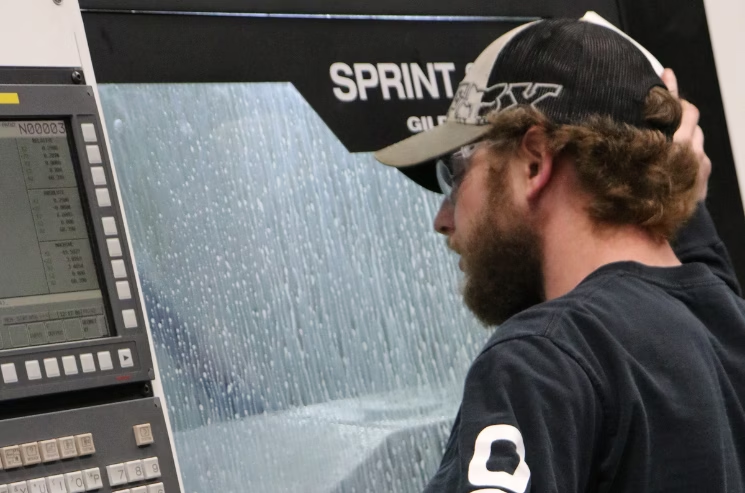
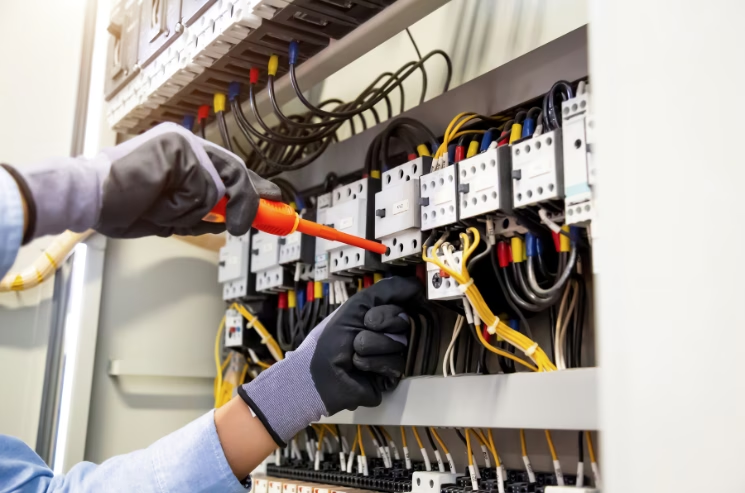
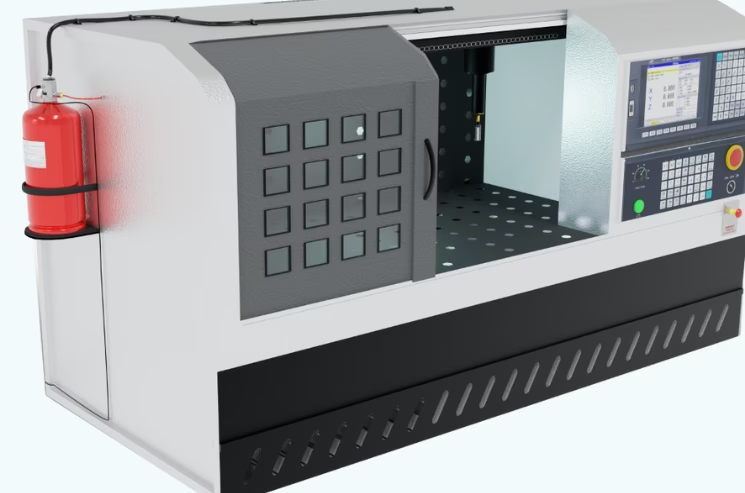
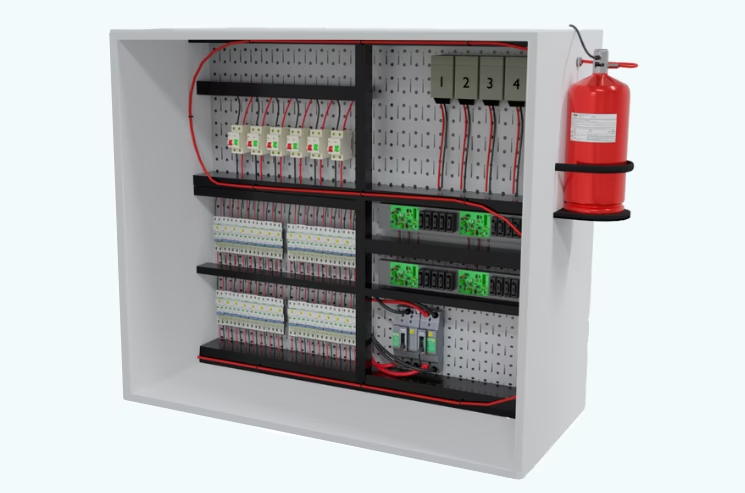
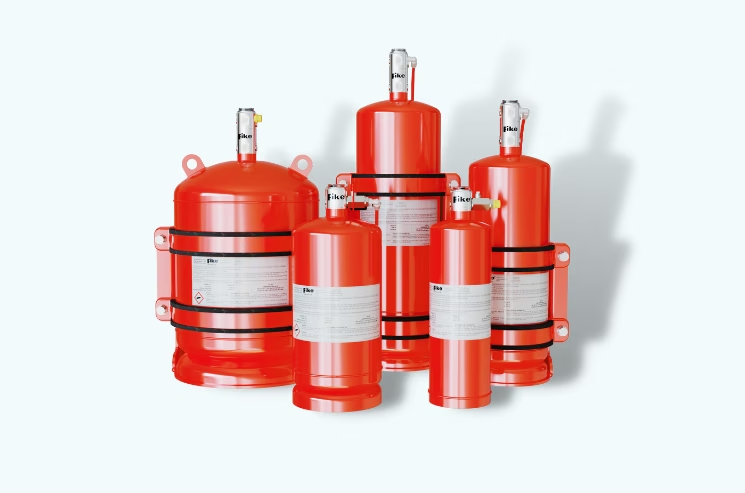
How do chemical agents suppress fires?
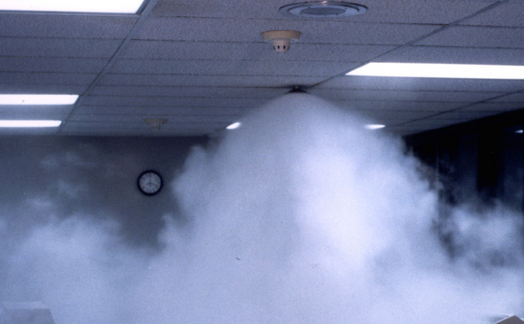
- Fire Is Detected
-
A detector identifies the fire and notifies the fire control panel. Very early warning detectors such as air sampling, flame detectors and video analytics are ideal for certain applications to ensure the fire is detected in its incipient stages.
- Pre-Alarm Activates
-
The fire control panel goes into pre-alarm, notifying building occupants of the hazard and the impending release of suppressing agent.
- Rupture Disc Opens
-
The fire control panel sends an electric signal to the addressable releasing module, which instructs the releasing device to burst the rupture disc held within the Fike Impulse Valve.
- Agent Flows
-
The pressurized agent flows from the Fike Impulse Valve unimpeded upward into the pipe network and vaporizes once it discharges from the nozzles.
- Suppression Achieved
-
Full concentration is reached in less than 10 seconds in the protected space, where the agent absorbs the heat while also cooling the environment. No residue, minimal disturbance and zero collateral damage will occur from the releasing event.
What are the benefits of using chemical agents to suppress fires?

- Fast-Acting Suppression
-
Chemical agent suppression systems are dispersed and reach required concentration levels within as little as 10 seconds, suppressing a fire before it results in catastrophic damage. They are designed specifically to extinguish fires, unlike traditional sprinklers which are primarily designed to contain the fire until fire safety personnel can arrive.
- Minimal Cleanup & Residue
-
Ruined electronics, soggy carpet, damaged furniture and hidden mold are all common results of an activated sprinkler system. Today’s chemical agent suppression solutions result in little to no cleanup, allowing operations to quickly return to normal.
- Keep People Safe
-
Chemical agents are safe for people and are approved by the US Environmental Protection Agency for use in normally occupied spaces.
- Comprehensive Options
-
Whether the owner of the fire suppression system seeks the “greenest,” most cost effective or most globally recognized fire suppression system, a variety of chemical agents exist to meet the organization’s specific objectives.
